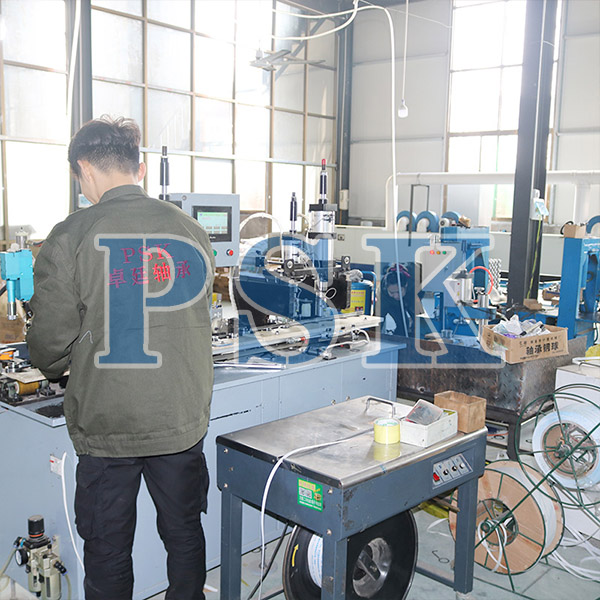1. The grease has impurities;
2. Lack of lubrication (the oil level is too low, improper storage causes oil or grease to leak through the seal);
3. The clearance of the bearing is too small or too large (problem of the consumer factory);
4. Impurities such as sand or carbon particles are mixed into the bearing to act as an abrasive;
5. The bearing is mixed with water, acid or paint and other dirt, which has a corrosive effect;
6. The bearing is clamped flat by the seat hole (the roundness of the seat hole is not good, or the seat hole is not straight);
7. The shim on the bottom surface of the bearing seat is uneven (causing deformation of the seat hole and cracks in the bearing seat);
8. There are sundries in the bearing seat hole (residual chips, dust particles, etc.);
9. The sealing ring is eccentric (touching adjacent parts and causing friction);
10. The bearing is subjected to extra load (the bearing is axially tight, or there are two fixed-end bearings on a shaft);
11. The fit between the bearing and the shaft is too loose (the diameter of the shaft is too small or the adapter sleeve is not tightened);
12. The clearance of the bearing is too small, and it is too tight during rotation (the adapter sleeve is too tight);
13. The bearing is noisy (the end surface of the roller or the steel ball is slipping);
14. The thermal elongation of the shaft is too large (the bearing is subjected to statically indeterminate axial additional load);
15. The shaft shoulder is too large (touches the seal of the bearing and causes friction);
16. The shoulder of the seat hole is too large (the seal of the bearing is distorted);
17. The gap of the labyrinth seal is too small (friction occurs with the shaft);
18. The teeth of the lock washer are bent (touch the bearing and cause friction);
19. The position of the oil slinger is not suitable (touching the flange cover and causing friction);
20. There are pressure pits on the steel ball or roller (constituted by hitting the bearing with a hammer during installation);
21. The bearing is noisy (external vibration source interference);
22. The bearing is discolored and deformed by heating (consisting of using a spray gun to heat and disassemble the bearing);
23. The shaft is too thick and the theoretical fit is too tight (constitutes that the bearing temperature is too high or noise occurs);
24. The diameter of the seat hole is too small (constitute the bearing temperature is too high);
25. The bearing seat hole diameter is too large, and the theoretical fit is too loose (bearing temperature is too high-outer ring slips);
26. The bearing seat hole becomes larger (the bearing seat hole of non-ferrous metal is enlarged or becomes larger due to thermal shrinkage);
27. Persistent fracture.
28. The bearing raceway is rusty.
29. Wear of steel balls and raceways (unqualified grinding or product bruises).
30. The ring raceway is unqualified (problem from the consumer factory).
Senior bearing technicians summarized 30 reasons for bearing

